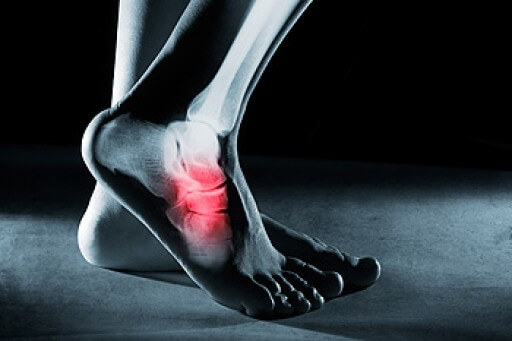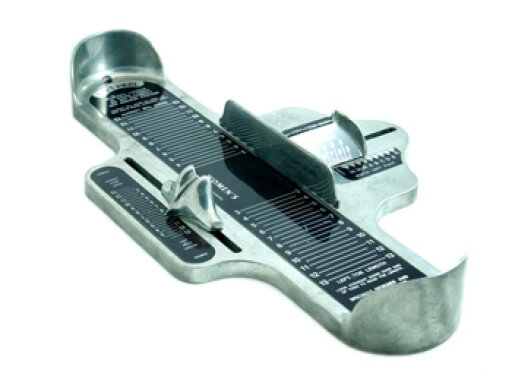One of the foot’s 26 bones is called the navicular bone, which sits just in front of the ankle on the top of your foot. A stress fracture of the navicular bone is commonly the result of explosive and repetitive action of the feet, especially during running fast or jumping. During activity, the navicular bone may be squeezed between the two bones in front of and in back of it, causing stress. Symptoms of a navicular stress fracture are an ache in the midfoot area, including the inside of the arch, and pain if you press on the bone. This discomfort may subside once activity is stopped and the foot rests, but is likely to recur when the action starts again. If you have pain when flexing your foot upward, you may have a navicular fracture. A visit to a podiatrist for diagnostic imaging tests is a good idea. Treatment options, depending on the severity of the injury, include a walking splint, a full cast, or surgery.
Activities where too much pressure is put on the feet can cause stress fractures. To learn more, contact the podiatrists from Boston Common Podiatry. Our doctors can provide the care you need to keep your pain free and on your feet.
Dealing with Stress Fractures of the Foot and Ankle
Stress fractures occur in the foot and ankle when muscles in these areas weaken from too much or too little use. The feet and ankles then lose support when walking or running from the impact of the ground. Since there is no protection, the bones receive the full impact of each step. Stress on the feet can cause cracks to form in the bones, thus creating stress fractures.
What Are Stress Fractures?
Stress fractures occur frequently in individuals whose daily activities cause great impact on the feet and ankles. Stress factors are most common among:
- Runners
- People affected with Osteoporosis
- Tennis or basketball players
- Gymnasts
- High impact workouts
Symptoms
Pain from the fractures occur in the area of the fractures and can be constant or intermittent. It will often cause sharp or dull pain with swelling and tenderness. Engaging in any kind of activity which involves high impact will aggravate pain.
If you have any questions please feel free to contact our office located in Boston, MA . We offer the newest diagnostic and treatment technologies for all your foot and ankle needs.


















